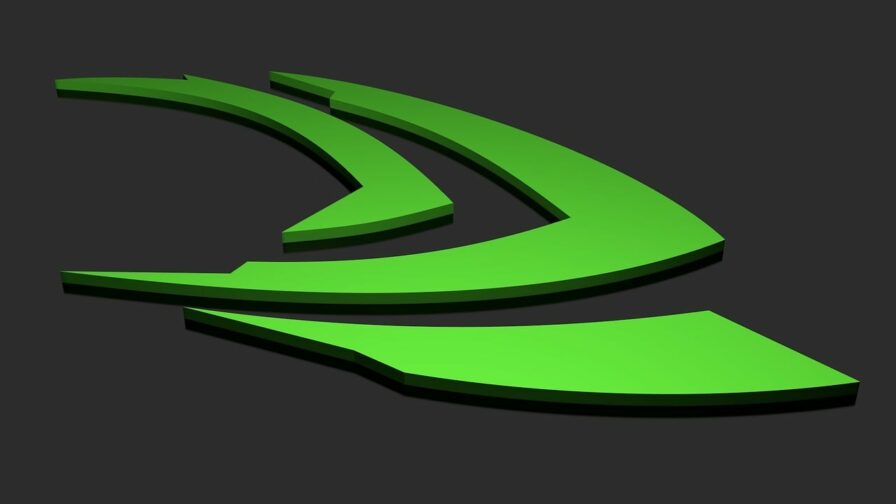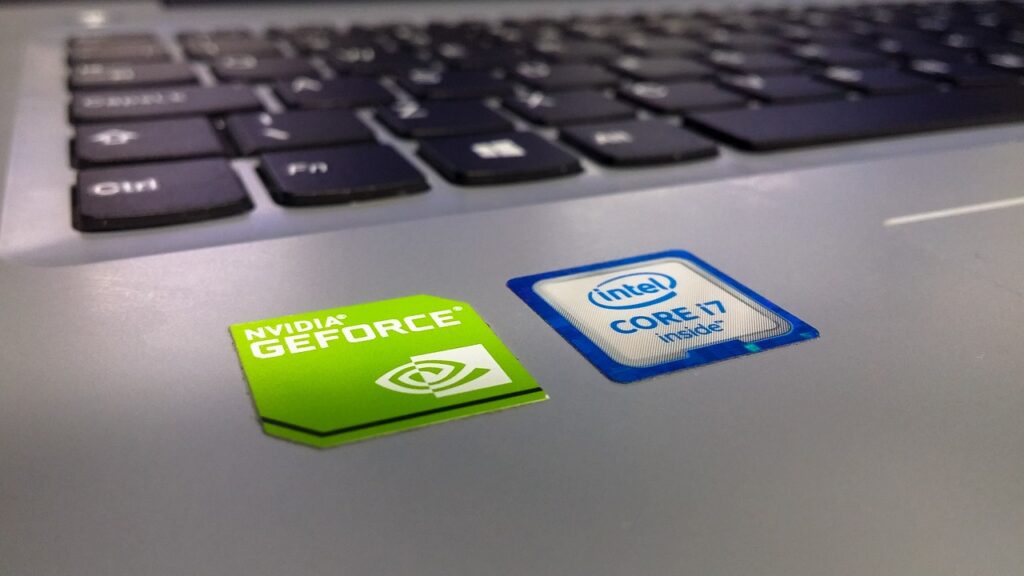
NVIDIA’s story is one of remarkable transformation, evolving from a graphics processing unit (GPU) creator to a dominant force in the tech industry. This timeline explores the key milestones, products, and innovations that fueled their meteoric rise. Additionally, as of June 2024, NVIDIA has become the world’s most valuable company, a testament to its strategic advancements and market influence.
The Rise of NVIDIA: A Timeline
1993: Genesis
Founded by Jen-Hsun Huang, Chris Malachowsky, and Curtis Priem, NVIDIA set its sights on revolutionizing computer graphics. Their vision was clear: to develop hardware that would bring cinematic-quality visuals to personal computers.
1998: The GeForce Revolution
The launch of the GeForce 256, the world’s first GPU with a dedicated transform and lighting engine, marked a turning point. It brought superior 3D graphics capabilities to personal computers, forever changing the gaming and design landscape. This innovation made real-time 3D graphics more accessible and laid the groundwork for the GPU to become a central component in modern computing.
2000s: Diversification and Domination
The rise of NVIDIA continued with the GeForce series, introducing features like programmable shaders and anti-aliasing, pushing the boundaries of visual fidelity. Their GPUs set new standards for performance and visual realism in video games.
However, NVIDIA’s ambitions extended beyond gaming. They developed GPUs for professional visualization and scientific computing. The Tesla line, introduced in 2008, specifically catered to this market, showcasing the GPU’s potential for general-purpose computing. This diversification demonstrated NVIDIA’s ability to adapt and thrive in multiple tech sectors.
The Age of AI and Accelerated Computing (2010s-Present)
This era witnessed NVIDIA’s transformation into an AI powerhouse. Here’s a deeper dive into their contributions:
Breaking Ground: GPUs and Deep Learning
Deep learning, a subfield of AI, relies on complex neural networks trained on massive datasets. These networks benefit tremendously from parallel processing, a core strength of GPUs. Unlike CPUs designed for sequential tasks, GPUs have thousands of cores that can handle computations simultaneously, significantly speeding up deep learning training.
CUDA: The Software Key
In 2006, NVIDIA introduced CUDA, a parallel programming framework specifically designed for their GPUs. CUDA allowed developers to leverage the GPU’s architecture for general-purpose computing, not just graphics. This opened the floodgates for AI researchers and engineers to utilize NVIDIA GPUs for deep learning tasks. CUDA’s introduction was a game-changer, making GPU-accelerated computing accessible to a broader audience.
Recommended article: Amazing and contradictory facts in the gaming industry
The Tesla Transformation
Originally designed for scientific computing, the Tesla line of GPUs underwent a significant shift. NVIDIA optimized them for deep learning workloads, incorporating features like high-bandwidth memory and tensor cores (specialized AI processing units) in later iterations. These advancements further solidified NVIDIA’s dominance in the AI hardware landscape. Tesla GPUs became synonymous with high-performance AI computing, driving breakthroughs in machine learning and data science.

Beyond Hardware: Democratizing AI
Recognizing the broader potential of AI, NVIDIA developed software tools and frameworks like NVIDIA CUDA X AI and RAPIDS. These tools simplify deep learning development, making it accessible to researchers and businesses without extensive hardware expertise. By lowering the barrier to entry, NVIDIA empowered a new wave of AI innovation across industries.
Building the AI Ecosystem
NVIDIA actively fosters the AI ecosystem through initiatives like NVIDIA DGX Systems, pre-configured supercomputers specifically designed for deep learning. They also host conferences like the GPU Technology Conference (GTC), providing a platform for researchers and developers to exchange ideas and accelerate AI advancements. These efforts have created a vibrant community of AI practitioners and have positioned NVIDIA as a central hub in the AI world.
Recent Milestone: World’s Most Valuable Company
In June 2024, NVIDIA’s market capitalization surpassed $3 trillion, making it the world’s most valuable company. This milestone is attributed to NVIDIA’s strategic focus on AI and its ability to capitalize on the growing demand for AI technologies. The company’s stock rose significantly, highlighting investor confidence in its future prospects. This achievement marks a significant shift in the tech industry, where NVIDIA now leads, followed closely by Microsoft and Apple according to different sources.
Conclusion
The rise of NVIDIA after its strategic shift towards AI, coupled with their powerful hardware and software solutions, has propelled them to the forefront of this transformative technology. As AI continues to evolve, NVIDIA’s influence and contributions will likely expand, solidifying their role as a tech titan.
NVIDIA’s journey from creating the first GPU to becoming a leader in AI and accelerated computing is a testament to their vision and adaptability.




